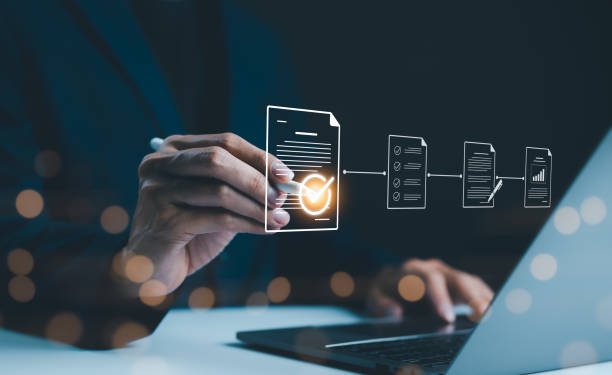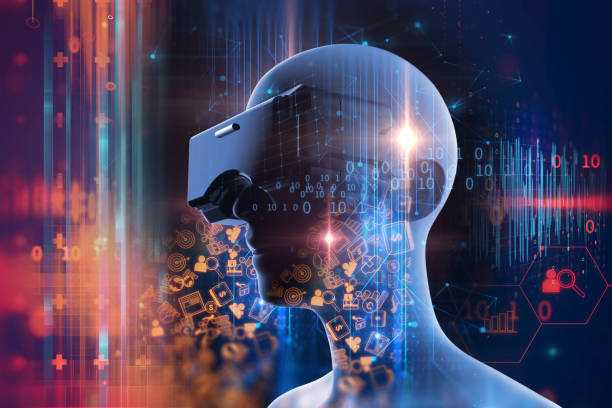What is On-Page SEO and Why is it Important?
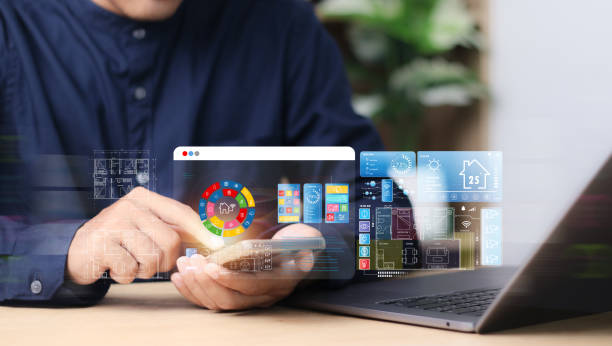
On-Page SEO (#OnPageSEO) is a set of actions taken to optimize website pages in order to improve ranking in Google search results and other search engines. These actions include optimizing content, HTML tags, URL structure, and page loading speed.
The importance of on-page SEO stems from the fact that it helps search engines better understand the content of website pages and recognize their relevance to user searches. A website with strong on-page SEO has a greater chance of achieving a higher ranking in search results and attracting organic traffic.
In fact, on-page SEO is a type of optimization that greatly helps improve your site’s ranking in search engine results. One of the most important reasons for the importance of #OnPageSEO is that it improves the user experience. Pages that are well-optimized usually load faster, have better structure, and are more attractive to users. This leads to increased user dwell time on the site and a reduced bounce rate.
In short, on-page SEO, as a comprehensive #process, helps improve website performance in search engines and enhance user experience. By implementing these techniques correctly, you can attract more organic traffic and achieve your business goals.
Did you know that 94% of users’ first impressions of a business are related to its website design? With professional corporate website design by **Rasaweb**, turn this first impression into an opportunity for growth.
✅ Attract more customers and increase sales
✅ Create credibility and trust in the eyes of the audience⚡ Get a free website design consultation!
Keyword Research for On-Page SEO

Keyword research is the beating heart of on-page SEO. Without a precise understanding of the words that users search for to find your content, website optimization will be fruitless.
Keyword Research Steps:
- Identify Main Topics: First, identify the main topics related to your business and content.
- Prepare a List of Initial Keywords: Create a list of words and phrases related to each topic. Use free and paid tools such as Ahrefs Keywords Explorer, Google Keyword Planner, and Keywordtool.io.
- Analyze Keywords: Evaluate keywords based on search volume, competition, and relevance to the content.
- Choose Target Keywords: Choose keywords that have a suitable search volume, less competition, and are accurately related to your content.
- Use Long-Tail Keywords: Instead of focusing solely on short and general keywords, use longer and more precise phrases that users use in their searches. These phrases usually have less competition and attract more targeted traffic.
By conducting accurate keyword research, you can tailor your on-page SEO strategy to users’ needs and interests and create content that effectively ranks in search results. This process greatly helps optimize your site’s #OnPageSEO. Choosing the right keywords plays a vital role in the success of on-page SEO.
Optimizing Title and Meta Descriptions for SEO

The Title Tag and Meta Description are among the most important elements of #OnPageSEO that are displayed in search results. These two elements play an important role in attracting users to your website.
Title Optimization Tips:
- Appropriate Length: The title should be between 50 and 60 characters to be fully displayed in search results.
- Main Keyword: Place the main keyword of the page at the beginning of the title.
- Attractive and Descriptive: Write a title that is attractive and descriptive and encourages users to click.
- Unique: Choose a unique title for each page of the website.
Meta Description Optimization Tips:
- Appropriate Length: The meta description should be between 150 and 160 characters.
- Concise and Attractive: Provide a concise and attractive summary of the page’s content.
- Call to Action: Encourage users to click on the website link.
- Keyword: Use the main keyword naturally in the meta description.
By properly optimizing the title and meta description, you can increase your click-through rate (CTR) in search results and attract more traffic to your website. The importance of these two elements in site SEO is very high. Be sure to pay attention to these points to improve #OnPageSEO.
| Feature | Description | Example |
|---|---|---|
| Title Length | Best length between 50 to 60 characters | Buy Clothes Online | Modiseh Store |
| Keyword | Use the main keyword at the beginning | SEO Training | Comprehensive Guide to Website Optimization |
| Attractiveness | Use attractive and persuasive phrases | Special Summer Discount | Buy Only Until the End of the Week! |
Optimizing Page Content (Content Optimization)

Content is king! This sentence is often heard in the world of SEO, and it is also true. High-quality and optimized content is the most important factor in achieving high rankings in search results.
Content Optimization Tips:
- Produce Valuable Content: Create content that is useful, informative, and attractive to users.
- Use Keywords: Use the main and related keywords naturally in the text, titles, and subheadings.
- Appropriate Structure: Present the content in an organized and structured manner. Use headings, subheadings, lists, and images to improve readability.
- Appropriate Length: The length of the content should be appropriate to the topic and keywords. In general, longer content has a better chance of achieving a high ranking.
- Update Content: Regularly update your content to reflect new information and maintain your ranking.
Optimizing page content helps search engines better understand the topic and content of the page and rank it correctly in search results. Also, high-quality content increases user engagement with your website. Paying attention to the principles of content optimization is essential for on-page SEO. By following these tips, you can improve your site’s #OnPageSEO.
Is your online store ready to attract maximum customers and sell more? Rasaweb transforms your online business with modern and efficient online store website designs.
✅ Increase Speed and Improve SEO
✅ Excellent User Experience on Mobile and Desktop⚡ Get a free online store website design consultation from Rasaweb!
URL Optimization
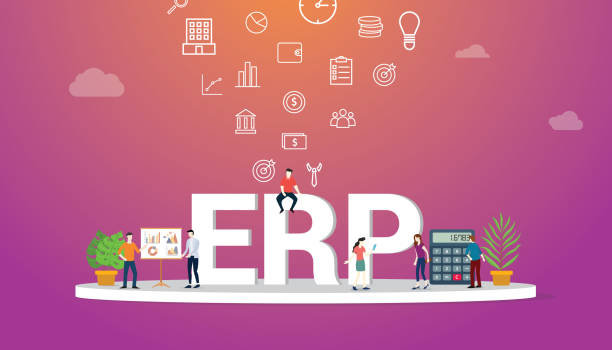
A URL is a web address through which users and search engines access a specific page. URL optimization can help improve SEO and user experience.
URL Optimization Tips:
- Short and Descriptive: The URL should be short, readable, and descriptive, showing users and search engines what the page’s content is about.
- Use Keywords: Use the main keyword of the page in the URL.
- Use Hyphens (-): Use hyphens to separate words in the URL.
- Avoid Special Characters: Avoid using special and unnecessary characters in the URL.
- Logical Structure: URLs should have a logical and hierarchical structure so that users can easily navigate your website.
An optimized URL helps search engines better understand the topic of the page and rank it correctly in search results. Also, a readable and descriptive URL increases the click-through rate (CTR) and improves the user experience. Using optimized URLs is considered one of the important aspects of #OnPageSEO.
The URL structure has a direct impact on SEO of the website. By following these tips, you can create better URLs and improve your website’s on-page SEO.
Image Optimization
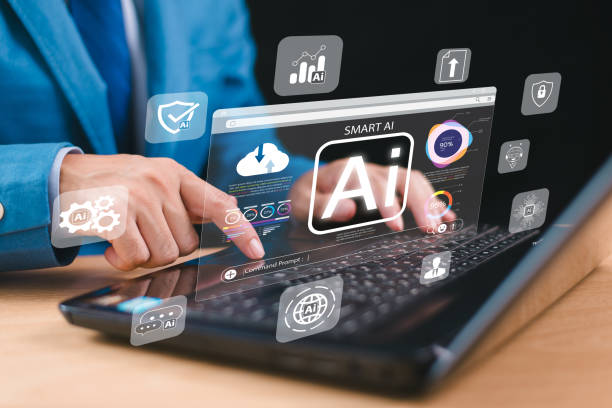
Images play an important role in user engagement with the website. Optimizing images can help improve SEO and page loading speed.
Image Optimization Tips:
- Choose the Appropriate Format: Use JPEG, PNG, and WebP formats for images. The WebP format is usually the best option because it has a smaller size and offers high quality.
- Compress Images: Compress images before uploading them to the website to reduce their size. Use online and software tools to compress images.
- Use Alt Text: For each image, write a descriptive alt text that describes the subject of the image. Alt text helps search engines understand the image and rank it in search results.
- Appropriate File Name: Use descriptive and content-related file names for images.
- Appropriate Size: Place images with the appropriate size on the page. Avoid uploading images larger than needed.
By optimizing images, you can improve page loading speed, increase your website’s ranking in search results, and improve the user experience. These actions help #OnPageSEO and make your site perform better. Keep in mind that #OnPageSEO is an ongoing process.
Page Speed Optimization
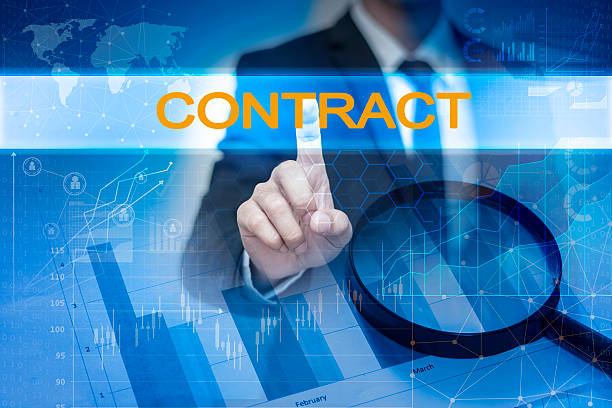
Page loading speed is one of the most important ranking factors in Google. Users also expect web pages to load quickly. Slow page loading speed can lead to an increased bounce rate and reduced user engagement.
Methods for Optimizing Page Loading Speed:
- Image Optimization: As explained in the previous section, image optimization can dramatically improve page loading speed.
- Enable Gzip Compression: Gzip compression can reduce the size of HTML, CSS, and JavaScript files and increase page loading speed.
- Use Caching: By using caching, you can store static website files in users’ browsers and prevent them from being reloaded on subsequent visits.
- Reduce the Number of HTTP Requests: Each HTTP request increases page loading time. Try to reduce the number of HTTP requests by combining CSS and JavaScript files.
- Use a Content Delivery Network (CDN): A CDN can distribute your website’s content to different servers around the world and improve page loading speed for users in different regions.
Optimizing page loading speed is an ongoing process that requires review and improvement. Using various tools such as Google PageSpeed Insights and GTmetrix, you can check your page loading speed and identify its problems. Improving site speed increases #OnPageSEO and improves user experience. This makes people stay on your site longer.
| Factor | Description | Check Tool |
|---|---|---|
| Page Loading Speed | The speed at which website pages load | Google PageSpeed Insights, GTmetrix |
| Image Optimization | Reducing the size and dimensions of images | TinyPNG, ImageOptim |
| File Compression | Compressing CSS and JS files | Gzip Compression |
Responsive Optimization (Mobile-Friendly)
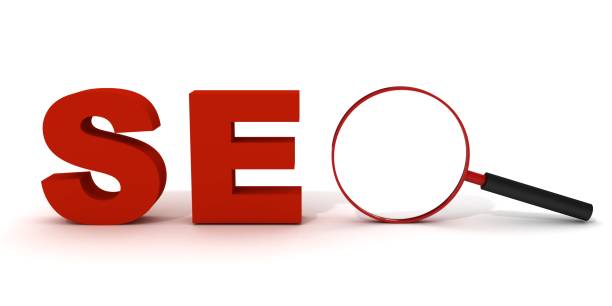
Given the increasing use of mobile phones for searching the internet, optimizing the website for responsiveness is very important for #OnPageSEO. A responsive website automatically adapts to the screen size of different devices (mobile phone, tablet, desktop).
Responsive Optimization Tips:
- Use Responsive Design: Use a responsive design template or framework that automatically adapts to the screen size of different devices.
- Test Responsiveness: Test your website on different devices to ensure that it is displayed correctly.
- Use Readable Fonts: Use fonts that are easily readable on small screens.
- Optimize Images for Mobile: Optimize images for mobile to reduce their size and improve page loading speed.
- Avoid Intrusive Pop-Ups: Avoid displaying large and intrusive pop-ups on small screens.
Google gives responsive websites a better ranking. A mobile-friendly website improves the user experience and increases user engagement. By following these tips, you can optimize your website for mobile and improve its on-page SEO. #OnPageSEO can improve your site’s performance by optimizing it for mobile. Responsive design is a necessity for a good site.
Doesn’t your current company website reflect your brand’s credibility and power as it should? Rasaweb solves this challenge for you with professional corporate website design.
✅ Increase the credibility and trust of visitors
✅ Attract more targeted customers
⚡ Click to get a free consultation!
Internal Linking

Internal linking means creating links between different pages of your website. Internal links help search engines better understand the structure of your website and identify more important pages. Internal links also improve the user experience and increase user dwell time on the website.
Internal Linking Tips:
- Relevant Links: Create links between pages that are related to each other.
- Use Anchor Text: Use descriptive anchor text that is relevant to the content of the destination page.
- Appropriate Number of Links: Create an appropriate number of internal links on each page. Avoid over-linking.
- Link to Important Pages: Link to important and strategic pages of your website.
- Use Follow Links: Use follow links to link to internal pages.
Internal links are one of the most important factors in #OnPageSEO. By creating appropriate internal links, you can improve your website’s ranking in search results and increase the user experience. Internal linking helps search engines better understand the content. This process plays an important role in #OnPageSEO.
Fixing Site Errors and Improving User Experience

Fixing website technical errors and improving user experience (UX) are among the important factors in on-page SEO. A website with a good user experience has a better chance of attracting and retaining users.
Necessary Actions to Fix Site Errors and Improve User Experience:
- Check and Fix 404 Errors: Check and fix 404 errors (page not found). You can redirect 404 pages to other related pages.
- Improve Page Loading Speed: As explained in the previous sections, optimize page loading speed.
- Optimize Navigation: Make website navigation easy and logical so that users can easily navigate your website.
- Responsive Design: Optimize your website for different devices.
- Use SSL: Use an SSL certificate to secure your website.
Fixing technical errors and improving the user experience shows search engines that you care about the quality of your website, and this can help improve your ranking in search results. Improving the user experience is one of the main goals of #OnPageSEO. A flawless and optimized site gets a better ranking, and its #OnPageSEO will have a significant impact.
Frequently Asked Questions
| Question | Answer |
|---|---|
| What is On-Page SEO? | It refers to the set of actions that are performed within a website to improve ranking in search engines. |
| Why is On-Page SEO important? | Because it helps search engines better understand the content and structure of your site and improves the user experience. |
| What are the most important elements of On-Page SEO? | Title and meta descriptions, keywords, URL structure, quality content, image optimization, internal linking, and site speed. |
| How to optimize the Title Tag and Meta Description? | The title should include the main and attractive keyword, and the meta description should be an encouraging summary of the content with related keywords. |
| What is the role of keywords in On-Page SEO? | Keywords tell search engines what the page content is about and should be used naturally and intelligently in the text. |
| How is image optimization done for On-Page SEO? | By compressing the volume, using a descriptive file name, and filling the Alt tag with related descriptions and keywords. |
| What is internal linking and what is its purpose? | It is connecting different pages of the site to each other. This helps to distribute page authority and improve search engine crawling. |
| What is the importance of site loading speed in On-Page SEO? | High speed improves the user experience and is an important ranking factor for search engines such as Google. |
| What effect does the responsiveness (Mobile-Friendliness) of the site have on On-Page SEO? | Given the increase in mobile users, responsiveness is essential for providing a good user experience on all devices and Google’s mobile-first indexing priority. |
| What are the important content-related factors in On-Page SEO? | Originality, quality, comprehensiveness, readability, proper use of headings (H1, H2, …) and regular content updates. |
And other services of Rasa Web Advertising Agency in the field of advertising
Smart Digital Advertising: Designed for businesses looking to attract customers through Google Ads management.
Smart SEO: An exclusive service for customer behavior growth based on intelligent data analysis.
Smart Sales Automation: A professional solution for digital branding with a focus on intelligent data analysis.
Smart Brand Identity: Designed for businesses looking to improve SEO ranking through precise audience targeting.
Smart Marketplace: A professional solution for attracting customers with a focus on precise audience targeting.
And more than hundreds of other services in the field of internet advertising, advertising consulting and organizational solutions
Internet advertising | Advertising strategy | Advertorial
Resources
[object Object],[object Object],[object Object],[object Object]
? Are you looking for a big leap in the digital world? Digital marketing agency “Rasavab Aferin” with expertise in search engine optimization (SEO), professional social media management, and user-friendly website design, leads your business to success. With us, have a powerful and lasting presence in the online space.
📍 Tehran, Mirdamad Street, next to the Central Bank, South Kazerun Alley, Ramin Alley No. 6

